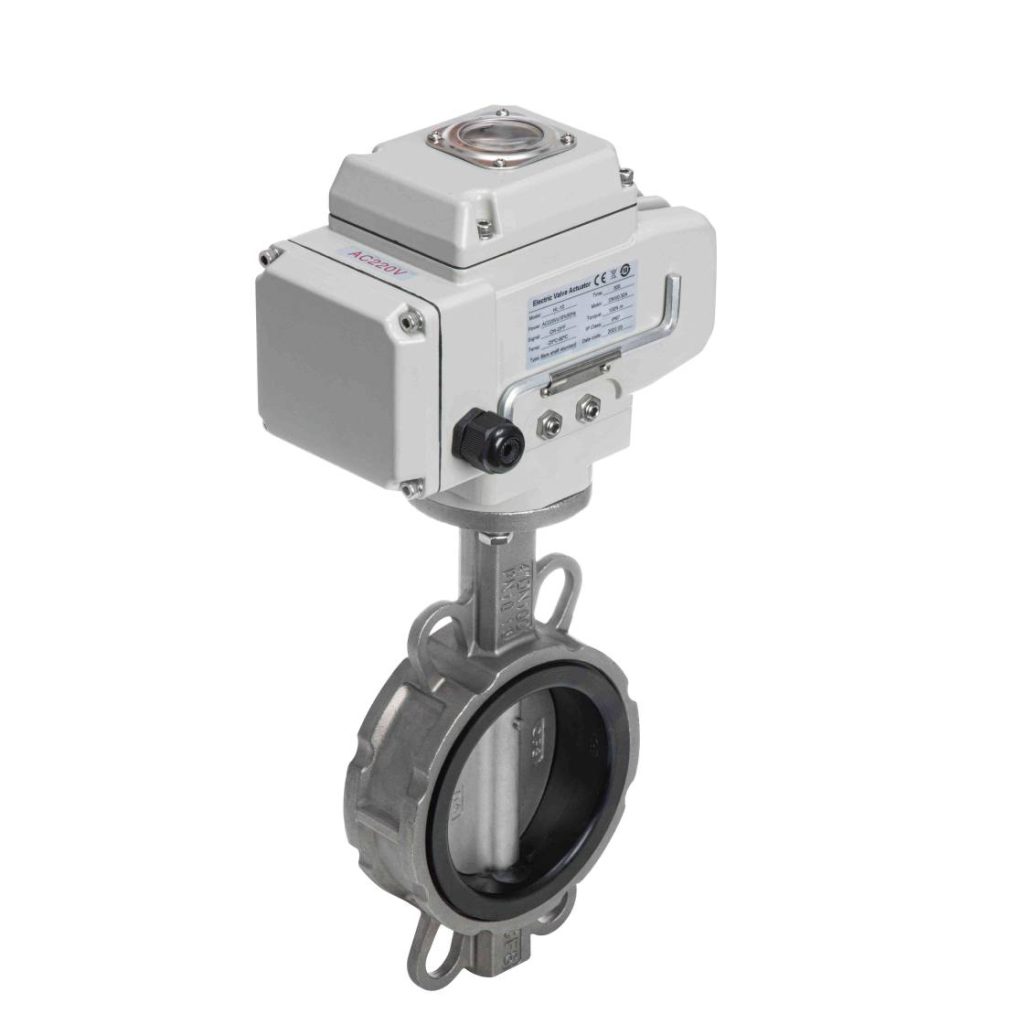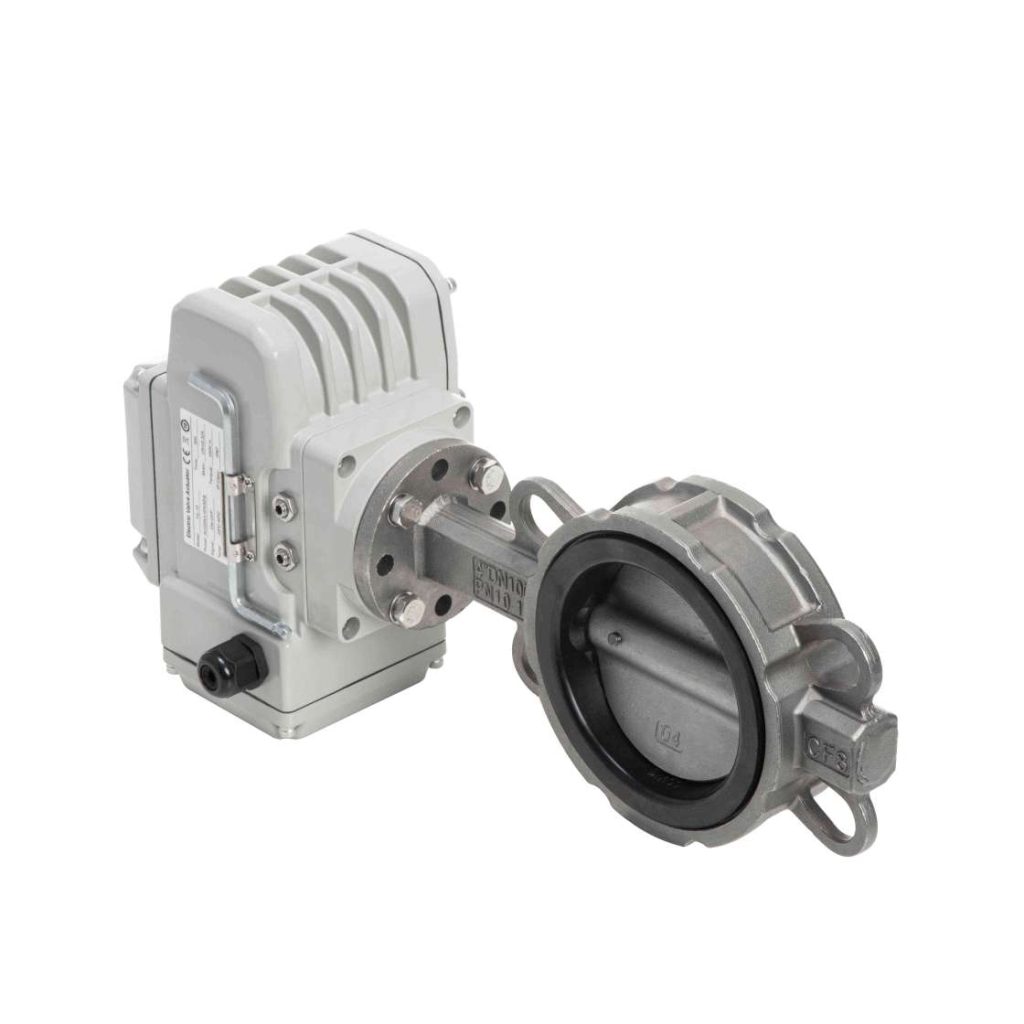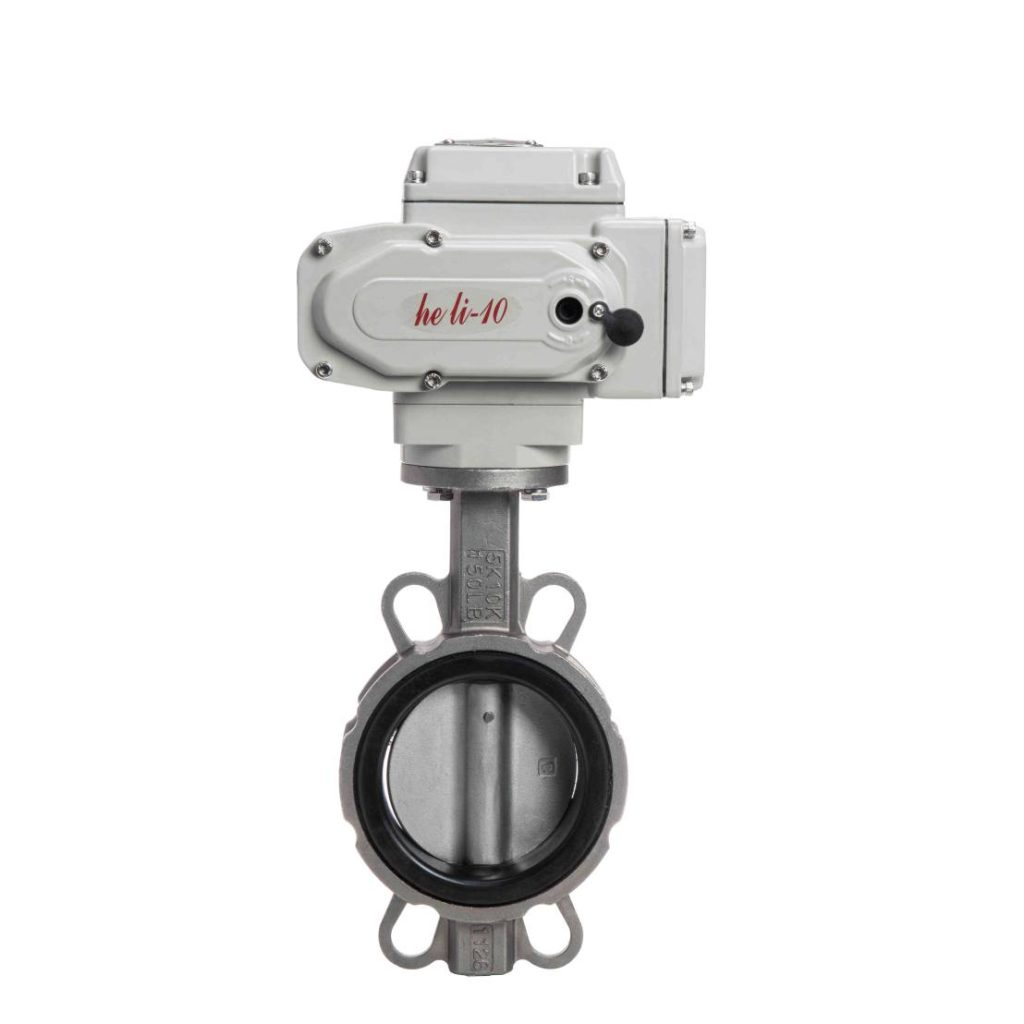Electric clamp butterfly valves are crucial components used in various industries for controlling the flow of liquids and gases. These valves combine the functionality of traditional butterfly valves with the added benefit of electric actuation, offering precision control, reliability, and ease of automation. In this article, we will explore the features, working principles, advantages, and applications of electric clamp butterfly valves, shedding light on why they are widely adopted across different sectors.

What is an Electric Clamp Butterfly Valve?

An electric clamp butterfly valve is a type of quarter-turn valve designed to regulate the flow of fluids in a pipeline. It is constructed with a circular disc (or butterfly) that rotates within the pipe to control fluid flow. The term “electric” refers to the valve’s electric actuator, which automates the opening and closing of the valve, providing precise control over the flow. The “clamp” aspect refers to the valve’s design, which uses a clamping mechanism to secure the valve in place without the need for additional bolts or welding. Working Principles The electric clamp butterfly valve operates through a straightforward mechanism. The valve consists of a metal disc attached to a shaft that is positioned in the center of the pipe. When the actuator is powered on, the electric motor rotates the shaft, causing the disc to rotate either parallel or perpendicular to the flow of the fluid. This movement either allows or restricts the passage of the fluid.
